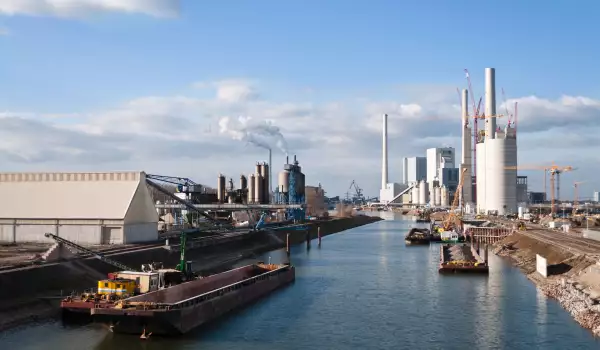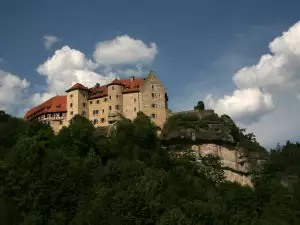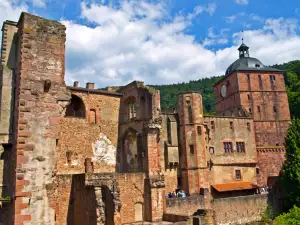Mannheim

Known as a University Center, Mannheim is a charming German city situated at the mouth of the Rivers Rhine and Neckar. Mannheim is located in the northwestern corner of the federal state of Baden-Württemberg, with its population of about 311 350 inhabitants, it is the second largest city in the region immediately after Stuttgart. On the opposite bank of the Rhine against Mannheim stands another German city - Ludwigshafen. Very close is another university center - Heidelberg, situated 20 km from Mannheim, slightly upstream of the Neckar.
Mannheim is the center of the so-called metropolitan region Rhine-Neckar. As a city, it has officially existed since 1607. Its urban plan is a little unusual for a German city - built primarily in the so-called "Northern Baroque" and its streets are clear, geometrical forms for which it is often called "square town". Mannheim was conceived as an "ideal city" in the 18th century and through rapid development, it quickly became a rival to the surrounding cities as a cultural and political center.
In the 19th century, Mannheim became one of the most important German industrial centers. During World War II, Mannheim was one of the cities which suffered serious damage. It is of strategic importance and has been repeatedly bombed. In the postwar years, the ruins of buildings are fully restored.
One such building is a former palace, now University. The university in Mannheim is one of the best in the country, especially in the field of economics. It was founded in 1967.
In the eastern part of town is located Fridrihsplats, in whose center we can see the water tower. At 60 meters height, it is considered the symbol of Mannheim. It was built in 1889 in the new baroque style, the space around it, in 1903, was filled with fountains, alleys and pleasant lawns. Usually, during summer nights, the fountains are illuminated and in winter, between the Water Tower and Tritonbrunen, the Christmas market is situated. In addition to the Water Tower of Fridriechsplatz, in Mannheim there are about 20 other historic water towers.
West of the Friedrichsplatz pedestrian zone is Planken in which you can reach the central square in Mannheim - Paradeplatz. Once, there were military parades held in this place. Since 2003, you can see a monument in Planken, in memory of Jewish victims during National Socialism. The statue is a glass cube placed at an angle so that it points toward the center of Paradeplatz, on which are implemented with mirror print the names of Jewish victims of Mannheim. The market square of Mannheim - Marktplats is located north of Paradeplatz. In the center stands a beautiful antique fountain, which dates from 1719.
Mannheim Castle, which today houses the University, was the residence of the Croife dynasty. It was built between 1720-1760 by order Carl Philip III, and the whole construction amounts to 2 000 000 guilders. Eventually, thanks to huge investments, Mannheim castle today is considered the largest baroque palace in Europe after Versailles.

The front part has a length of 440 meters and is the endpoint of seven parallel streets. During the Second World War, the palace was completely destroyed, but restored to a lesser degree of detail in 1968. All rooms are authentically restored and now Mannheim castle houses the museum. There visitors can learn about the life of the Croifes.
Among other attractions are Nationaltheater Mannheim, dating from 1779, considered the oldest in Germany. The Jesuit church from 1760 is considered by experts as the most important baroque church in southwestern Germany. The massive central dome has a height of 75 meters.
After a tour of places in Mannheim, you can have a break in some nice cafes and restaurants in the city center. Popular Café Samo is at Paradeplatz, towards Mannheim Castle, which is often full of students. Mannheim’s green parks provide plenty of opportunities for walking and recreation.
The largest is Luisenpark (area 41 ha), established in 1903 and situated on the river Neckar. The park was expanded with the idea of the Federal Exhibition of flowers and plants in 1975. Today, in the park you can see different kinds of plants and gardens like the Chinese tea garden, butterfly houses, gondolas and more. Another nice park in Mannheim is Herzogenriedpark and Zoo.











